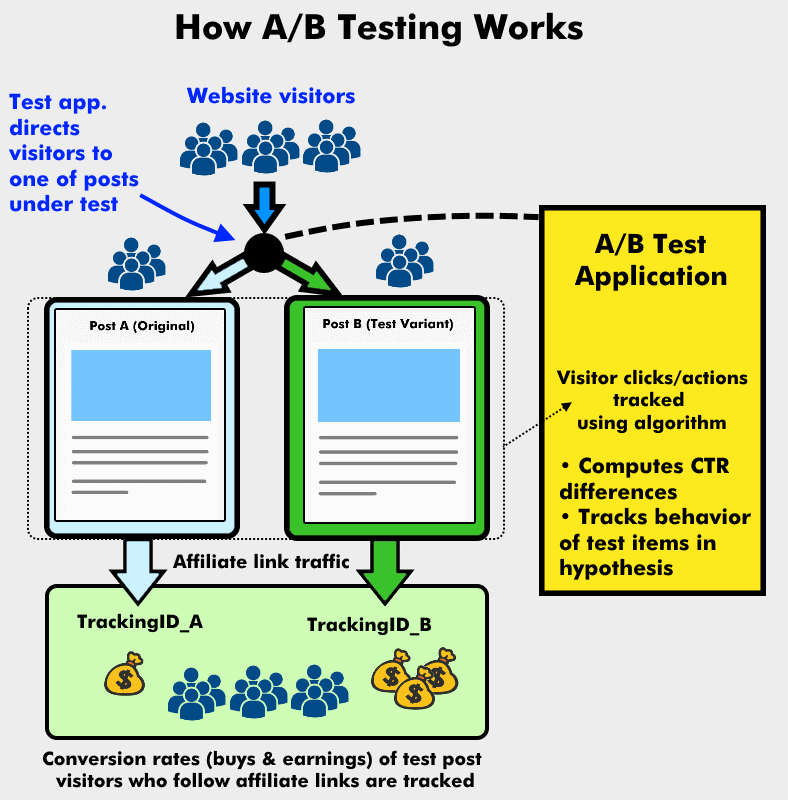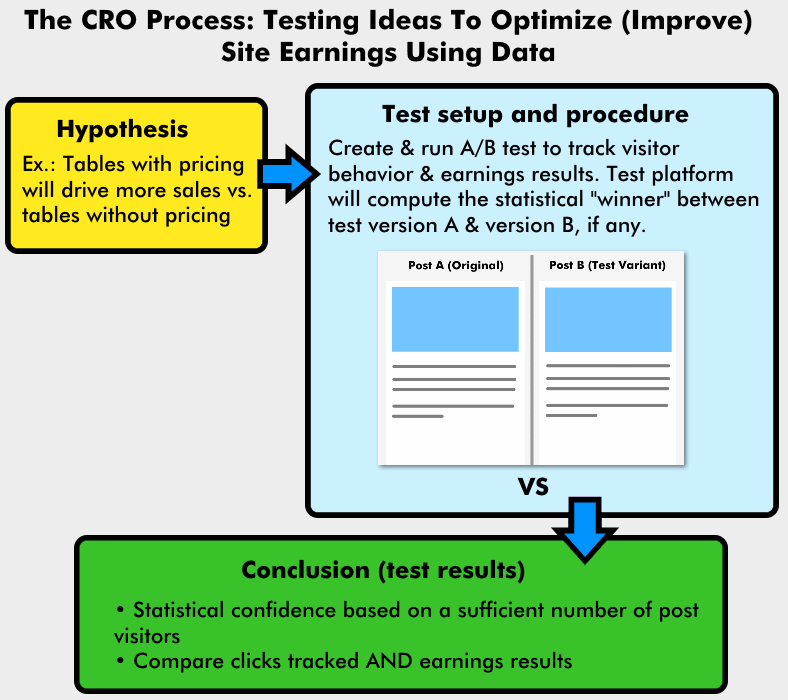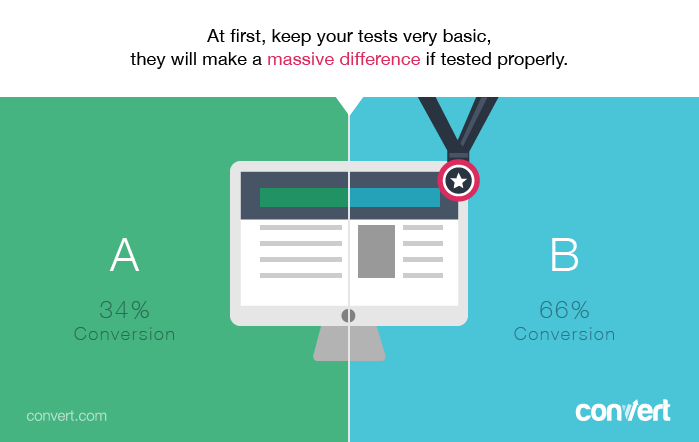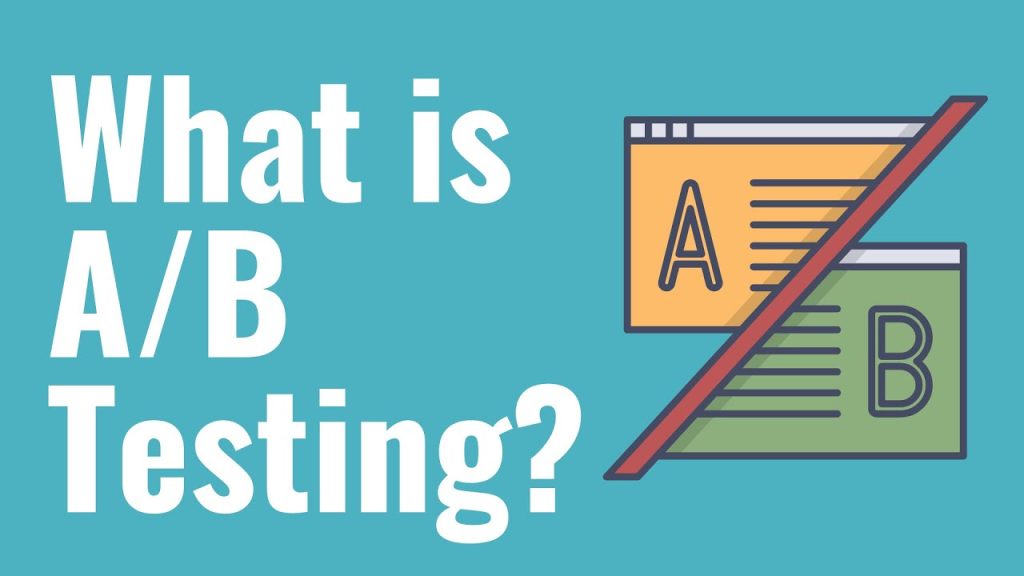You’re about to discover why A/B testing is crucial for niche websites. In this article, we’ll explore the significance of A/B testing in helping niche websites optimize their user experience and drive better conversions. Whether you’re running a niche blog, online store, or any other specialized website, A/B testing can provide valuable insights to improve your website’s performance and ultimately achieve your goals. So, let’s dive into the world of A/B testing and unlock the potential for success in your niche website!

This image is property of nichesiteproject.com.
What is A/B Testing?
Definition and basic concept
A/B testing, also known as split testing, is a method used by businesses and website owners to compare two or more versions of a webpage or element to determine which one performs better. It involves presenting different variations of a webpage or element to different segments of website visitors and measuring the impact of each variation on user behavior, such as conversion rates or user engagement.
The basic concept of A/B testing is to create two or more versions of a webpage or element, called the control and variation(s), and randomly allocate website traffic to each version. By comparing the performance of the different variations, website owners can make data-driven decisions to optimize their website, improve user experience, and increase conversions.
How A/B testing works
A/B testing works by dividing website traffic into different segments and showing each segment a different variation of a webpage or element. Statistical analysis is then applied to determine which variation performs better in terms of the desired conversion goal. To ensure accuracy and reliability, A/B tests should be run for a sufficient duration, with enough sample size to generate statistically significant results.
The process typically involves the following steps:
-
Identifying the conversion goal: Before starting an A/B test, it is crucial to define the primary and secondary conversion goals, such as making a purchase, signing up for a newsletter, or clicking on a specific button.
-
Designing variations: Based on the conversion goal, different hypotheses are created for testing. These hypotheses may involve changes to elements such as headline text, button color, layout, or overall design. The variations should be distinct and test one specific element or hypothesis at a time.
-
Running the test: Using an A/B testing platform or tool, the control and variation(s) are implemented and randomly assigned to different segments of website visitors. The test is then run for a sufficient duration to gather enough data for analysis.
-
Monitoring and analyzing results: During the test, website owners track and analyze various metrics such as conversion rates, click-through rates, or engagement levels. This data is used to assess the performance of each variation and determine if it meets the desired conversion goal.
-
Interpreting the results: Statistical techniques are applied to determine the statistical significance of the results and identify the winning variation. Factors such as statistical significance, confidence intervals, and sample size are considered to make data-driven decisions.
-
Implementing findings: Once the winning variation is identified, it is implemented on the website as the new default version. The insights gained from A/B testing can also be used to continuously iterate and optimize the website for better performance.
Benefits of A/B Testing
Improved user experience
A/B testing can significantly improve the overall user experience of a website. By testing different variations of webpages or elements, website owners can identify the design, layout, and content changes that resonate best with their target audience. Through data-driven insights, they can optimize the user experience by making informed decisions that lead to higher engagement, longer visit durations, and increased user satisfaction.
Higher conversion rates
One of the primary benefits of A/B testing is its ability to increase conversion rates. By systematically testing different variations, website owners can identify the changes that have the greatest impact on the desired conversion goal, such as completing a purchase or filling out a form. whether it’s changing the color of a call-to-action button, modifying the placement of key information, or altering the wording of a headline, A/B testing allows for data-driven decision-making that optimizes conversion rates.
Optimal content and design decisions
A/B testing provides valuable insights that enable website owners to make optimal content and design decisions. Instead of relying on assumptions or guesswork, A/B testing allows for concrete data that reveals which elements, messages, or designs resonate best with the target audience. By testing different variations, website owners can make informed decisions about which content or design choices yield the best results, leading to improved engagement, increased conversions, and ultimately, a more successful website.

This image is property of nichesiteproject.com.
Relevance of A/B Testing for Niche Websites
Understanding niche websites
Niche websites cater to specific or specialized interests, focusing on a particular topic or audience segment. These websites often have unique challenges compared to broader or more mainstream websites. Niche websites may have limited traffic, a specific target audience, or niche-specific factors that affect user behavior and conversion rates. A/B testing becomes essential for these websites as it allows for the optimization of user experience and conversion rates within the unique context of the niche.
Unique challenges faced by niche websites
Niche websites face specific challenges that make A/B testing even more relevant. Limited traffic is a common challenge for niche websites, which can make it difficult to gather enough data for statistically significant results. Additionally, niche websites may have unique seasonal factors or niche-specific user behavior that requires tailored optimization strategies. A/B testing helps address these challenges by providing valuable insights and data-driven decisions that specifically cater to the needs and characteristics of niche websites.
Identifying Conversion Goals
Defining primary and secondary conversion goals
Before starting an A/B test, it is important to define the primary and secondary conversion goals. The primary conversion goal is the main objective of the website, such as making a purchase or completing a sign-up form. Secondary conversion goals may include actions that support the primary goal, such as clicking on a specific link or downloading a resource. Defining clear conversion goals is essential for measuring the success of A/B tests and aligning them with the overall objectives of the website.
Setting up measurable metrics
Once the conversion goals have been defined, it is crucial to set up measurable metrics that can be tracked during the A/B test. These metrics will vary depending on the nature of the website and its conversion goals but may include conversion rate, click-through rate, bounce rate, or time spent on page. By selecting measurable metrics, website owners can easily track and analyze the performance of each variation and make data-driven decisions based on the results.

This image is property of d117h1jjiq768j.cloudfront.net.
Designing A/B Test Variations
Creating different hypotheses for testing
When designing A/B test variations, it is important to create different hypotheses based on specific elements or changes to be tested. These hypotheses should be backed by clear goals and expectations. For example, if the primary conversion goal is to increase purchases, a hypothesis might be that changing the color of the “Buy Now” button will lead to higher click-through rates and ultimately more purchases. Each test variation should aim to test one specific element or hypothesis, allowing for clear analysis and identification of the most effective changes.
Prioritizing elements to be tested
Not all elements or hypotheses are created equal, and it’s important to prioritize which ones to test first. This can be based on factors such as potential impact, ease of implementation, or previous insights from user research. By prioritizing elements for testing, website owners can focus their efforts on the changes that are most likely to have a significant impact on user behavior and conversion rates.
Testing Tools and Platforms
Popular A/B testing tools
There are several popular A/B testing tools available that can facilitate the process of running A/B tests. These tools provide features such as easy setup, test implementation, statistical analysis, and result tracking. Some popular A/B testing tools include Google Optimize, Optimizely, VWO, and Convert.com. Website owners can choose the tool that best suits their needs and budget to streamline the A/B testing process.
Considerations for choosing the right platform
When choosing an A/B testing platform, there are several considerations to keep in mind. Firstly, the platform should align with the technical capabilities and requirements of the website. It should also provide accurate and reliable statistical analysis to ensure the validity of the results. Additionally, the platform should have user-friendly features, documentation, and support to facilitate a smooth testing process. Pricing is also an important consideration, as different platforms may offer varying pricing models based on usage and additional features.

This image is property of cdn-sales.optimonk.com.
Running and Monitoring A/B Tests
Creating a control group
To run a successful A/B test, it is essential to create a control group. The control group consists of a portion of website visitors who are shown the existing version or the default version of the webpage or element being tested. This allows for a baseline comparison against which the variations can be measured. The control group should represent a random and unbiased sample of the target audience to ensure accurate results.
Tracking and analyzing test results
During the A/B test, it is crucial to track and analyze the results to determine the effectiveness of each variation. This involves monitoring the selected metrics and comparing the performance of the control and variation(s). A/B testing platforms typically provide real-time data and visualization tools that make it easy to analyze and interpret the results. Statistical significance and confidence intervals should be considered to ensure reliable insights and accurate decision-making.
Interpreting Test Results
Statistical significance and confidence intervals
Interpreting test results requires an understanding of statistical significance and confidence intervals. Statistical significance indicates the likelihood that the observed differences in performance between the control and variation(s) are not due to chance. Confidence intervals provide a range of values within which the true effect of the variation is likely to lie. Results with high statistical significance and narrow confidence intervals indicate reliable and conclusive findings.
Determining winning variations
To determine the winning variation, statistical analysis is applied to the test results. The variation that outperforms the control group with a high level of statistical significance can be considered the winner. However, it is important to consider the overall impact on the conversion goal and other relevant metrics. Additionally, insights gained from the test can be used to iterate and further optimize the winning variation for even better performance.

This image is property of i.ytimg.com.
Implementing Findings
Applying successful variations
Once a winning variation is identified, it is important to implement the successful variation on the website. This involves making the necessary changes to the webpage or element based on the tested variation. It is crucial to carefully implement the changes without introducing new issues or errors. Implementing successful variations can lead to improved user experience, higher conversion rates, and increased overall website performance.
Continuously iterating for further optimization
A/B testing is not a one-time task but an ongoing process for continuous optimization. Once a successful variation is implemented, it is important to monitor its performance and user behavior to ensure its effectiveness. Additionally, new hypotheses and variations can be tested to further improve the website over time. By continuously iterating and optimizing based on A/B test findings, website owners can stay ahead of the competition and provide an exceptional user experience for their niche audience.
Addressing Niche-specific Challenges
Limited traffic and sample size
One of the key challenges faced by niche websites is limited traffic, which can make it difficult to gather enough data for accurate A/B test results. To address this challenge, website owners can consider running tests for a longer duration or implementing other testing methodologies such as multi-armed bandit testing. These approaches help to maximize the use of available data and ensure reliable results even with limited traffic.
Seasonal and niche-specific factors
Niche websites often face seasonal or niche-specific factors that may influence user behavior and conversion rates. For example, an e-commerce website selling ski equipment may experience higher demand and conversion rates during the winter season. Understanding and accounting for these factors is crucial when designing and interpreting A/B tests. By considering the unique characteristics of the niche, website owners can make informed decisions that optimize conversion rates and user experience based on the specific context.







